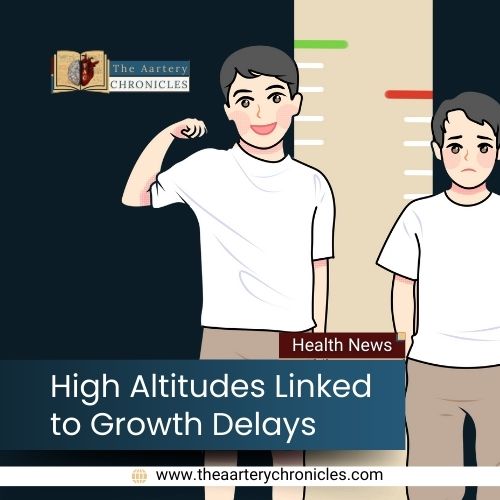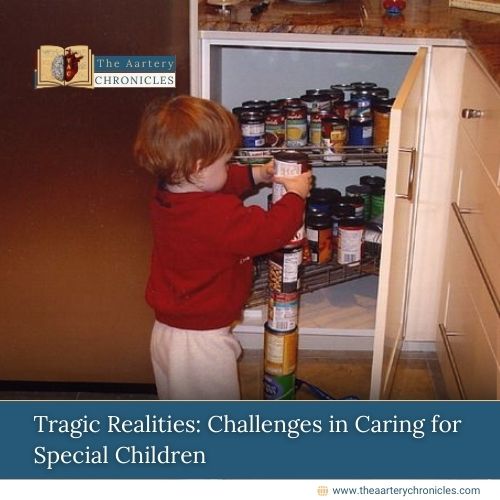

New Study Reveals Ozone’s Risk for Young Children
Asthma is the most common chronic disease among children in the United States, affecting over 6% of kids nationwide. While multiple factors contribute to its development, air pollution plays a significant role. Research has already shown that pollutants like fine particulate matter and nitrogen dioxide can increase the likelihood of asthma. However, the impact of long-term exposure to ozone—a pollutant that frequently exceeds U.S. air quality standards—has been less clear.
Study Explores Ozone’s Role in Childhood Asthma
Logan Dearborn of the University of Washington led a study to investigate whether exposure to ozone in early childhood affects asthma risk. The study, published on April 2 in JAMA Network Open, found a surprising pattern: Children exposed to higher ozone levels in their first two years of life had a significantly higher risk of developing asthma or experiencing wheezing between ages 4-6. However, this link did not persist at ages 8-9.
Unanswered Questions and Possible Explanations
Researchers are uncertain about why this trend disappears in later childhood. Possible explanations include the way asthma symptoms change as children grow, leading to fewer formal diagnoses, or the influence of additional environmental factors over time.
“It’s a puzzling finding,” said Dearborn. “We spent a lot of time considering different explanations, but we don’t have a definite answer. Still, these findings are significant. Even if the effects are seen only in early childhood, the health and financial burdens on families can be considerable.”
Research Methodology and Key Findings
The study analyzed data from the Environmental influences on Child Health Outcomes (ECHO) program, a federal research initiative examining environmental impacts on child health. Researchers studied 1,118 children from six cities, including Seattle and Yakima, all of whom were born to mothers with low-risk pregnancies. Parents provided information on their children’s asthma diagnoses and wheezing episodes through validated surveys.
To estimate ozone exposure, researchers used a model developed by Dr. Joel Kaufman, a co-author and professor at the University of Washington. Their findings revealed that a small increase in ozone exposure—just 2 parts per billion (ppb) during a child’s first two years—was linked to a 31% increase in asthma and a 30% increase in wheezing at ages 4-6. However, no significant link was found at ages 8-9.
Ozone’s Impact Compared to Other Pollutants
The study also examined how exposure to a combination of air pollutants—ozone, nitrogen dioxide, and fine particulate matter (PM2.5)—influenced asthma risk. Among these, ozone had the most noticeable impact. The researchers found that when ozone levels exceeded 25 ppb, the probability of asthma increased regardless of nitrogen dioxide levels. Additionally, the link between ozone and asthma was more pronounced when fine particulate matter levels were at or above the median concentration.
Conclusion
These findings highlight the need for further research on the long-term effects of ozone exposure in early childhood. Scientists still need to determine why asthma risk is not apparent at ages 8-9 and whether it resurfaces later in life.
In the meantime, Dearborn emphasizes the importance of monitoring long-term ozone exposure. Current U.S. regulations focus on short-term ozone levels, but this study suggests that a long-term threshold should also be considered.
Source: Inputs from various media Sources

Priya Bairagi
Reviewed by Dr Aarti Nehra (MBBS, MMST)
I’m a pharmacist with a strong background in health sciences. I hold a BSc from Delhi University and a pharmacy degree from PDM University. I write articles and daily health news while interviewing doctors to bring you the latest insights. In my free time, you’ll find me at the gym or lost in a sci-fi novel.








